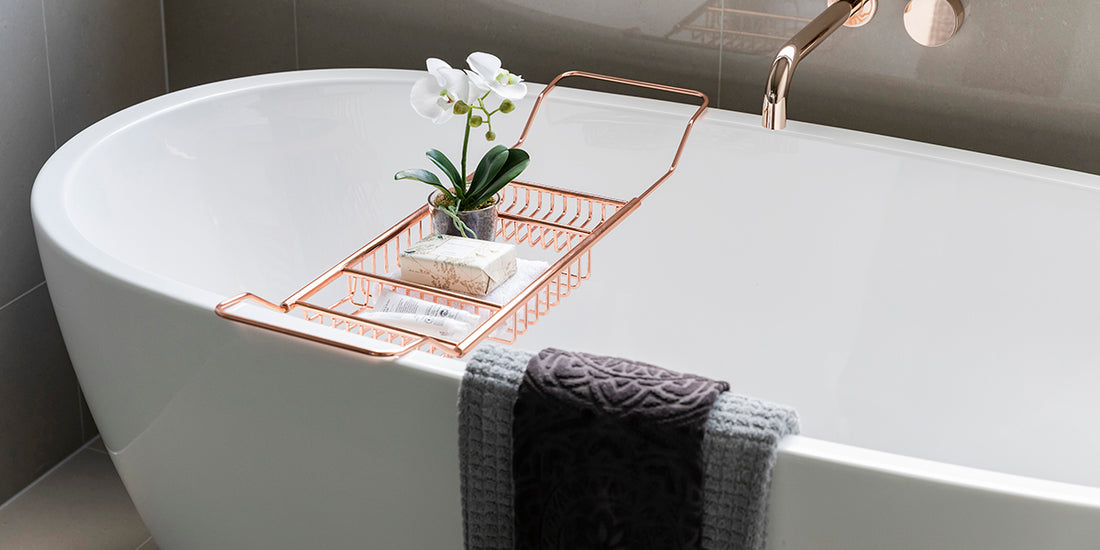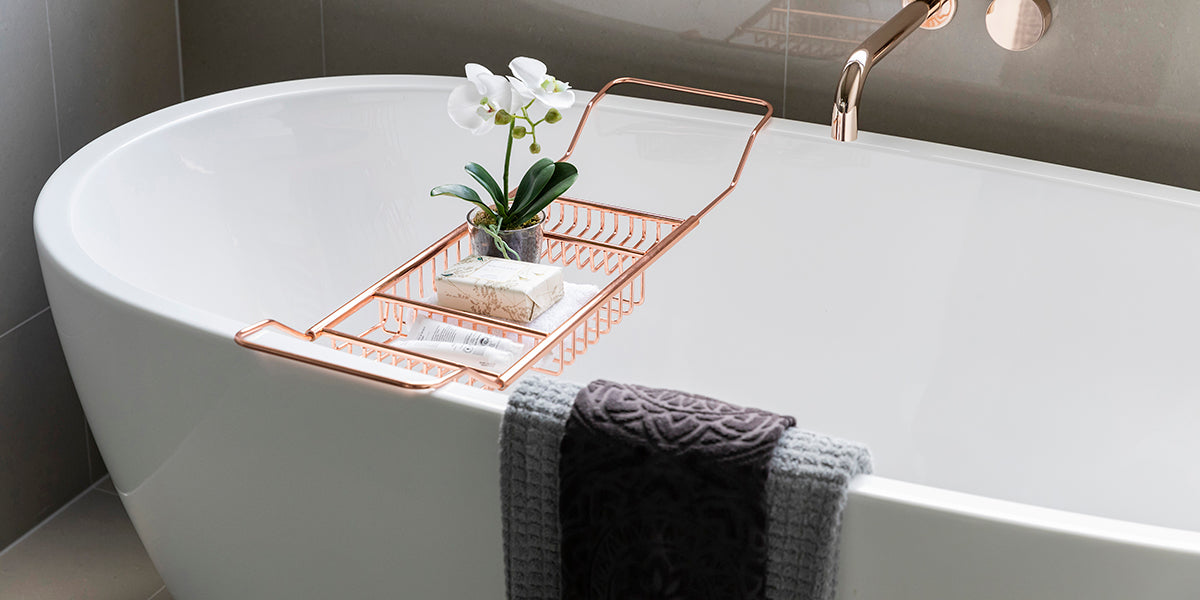Please consider that the glossiness of the repair may not exactly match the luster of the tub. Sanding will help blend the repair, but it's conceivable that you'll still be able to discern a difference between the sheens even after you've finished.
Determine the color of the tub.
Finding a repair compound that is the same color as the bathtub is the first thing that must be done to fix a chip in the tub. Standard colors include eggshell white, off-white, black, and various degrees of almond and grey. It is essential to acquire a compound that is compatible with the bathtub, and even if your porcelain lies outside the conventional range, there are items on the market that can match the hue.
Clean-up is the second step.
For the patching compound to properly adhere to the metal, the affected region must be clear of any soap residue, skin oils, or other impurities. The exposed metal should be cleaned with a degreaser and sponge, and then the area should be dried with a clean cloth that is free of lint. Next, tape off the chip's perimeter with the painter's tape. If the chip is found on a vertical surface, you should apply additional tape underneath it because the repair compound may run if it is mistakenly applied excessively.
Combine the component ingredients.
When working with two-part compounds, remove the lids from both halves of the compound and spread equal volumes of the compound onto a piece of scrap cardboard. Use the mixing stick to combine the components until the compound has reached a color and consistency that are uniform throughout. Each kit is intended to make multiple repairs; therefore, you should not use it all at once.
When using one-part repair compounds, be sure to combine the contents of the bottle in accordance with the instructions provided by the manufacturer. In most cases, this will require shaking the bottle, although the specific instructions will come from the manufacturer.
The fourth step is to use the compound.
Choose a tool to apply the compound, such as a paintbrush or a plastic knife, according to the consistency of the mixture. Applying a thin layer to the uncoated metal and avoiding pooling are also important steps. This will stop the compound from running, and even though it will require more coats, it will take less time than putting a lot of compound on the nick and waiting for it to dry after each application.
When you have finished applying the first coat, evaluate the color. If something seems odd, it's probably just the bare metal showing through. However, if it looks the incorrect color, you should stop and ask for another compound.
Wait for the first coat to dry completely.
Wait for the first coat to dry in accordance with the directions provided by the manufacturer. After the first layer has dried, apply a second, thinner coat and continue with the process. The objective is to build up the compound in layers as thin as possible until the restored surface is only marginally higher than the surface of the tub.
Sand the perimeter
Sanding will need to be done once the restored surface is dry and has been raised to a level slightly higher than the tubs. After removing the painter's tape, use the water bottle to mist the dried patch of the repair. Sand the edges of the repair using sandpaper with an extremely fine grit until they are flush with the finish of the tub. While sanding, be sure to use the spray bottle to keep the sandpaper and the mended area moist. Examine the area that was repaired using bare hands, and feel for ridges or high points. Sand these areas down until they are smooth.
Perform the Step Again, if Necessary
Repeat the technique if there are any recessed spots that still require filling in after you've finished the first round. Tape the area around the repair with painter's tape, mix some more compound, apply the compound in thin coats, and then let it dry. Take off the tape, and then sand the patch until it has a smooth and even surface.
The restored area shall be as well-blended as feasible after completing the last round of sanding. It should feel smooth to the touch, and the patch should be invisible to the naked eye (though the sheen may still be slightly off). The restoration should hold up for a good number of years, allowing you to get back to appreciating that exquisite porcelain surface that is free of any blemishes.
It should be noted that waxing any surface found within a bathtub is not recommended. This will make the tub far more slippery, particularly if it is made of porcelain. However, polishing the surface with a kitchen and bath polish may help make the tub gleam and blend the repaired area; however, before you do this, you should make sure that the repaired area has been allowed to cure for several days.
Materials Needed
- Compound for repairing chips in porcelain bathtubs
- Degreaser and sponge
- Tape used for painting
- Stick for mixing
- a little paintbrush or a putty knife made of plastic
- Ultra-fine sandpaper (2,000 grit)
- Can of spray paint
- Polish for the tub (optional)
After receiving Ekopel treatment, the chip became invisible
On the market today, there is no better Bathtub Refinishing Kit than Ekopel. It is also the safest and easiest to use. You can refinish your tub with the help of our DIY-friendly videos, which will lead you through each step of the procedure. If you have a more involved project, our list of certified installers can assist you in finding a qualified professional.
Ekopel can be applied to virtually any type of bathtub substrate, including cast iron, steel, ceramic, fiberglass, and painted surfaces.
The chip requires quick maintenance and replacement. If this step is skipped, water may seep through the chip and under the paint, causing the Ekopel to flake off. Utilize our Ekopel Touch-Up Kit so that the chip can be fixed.


